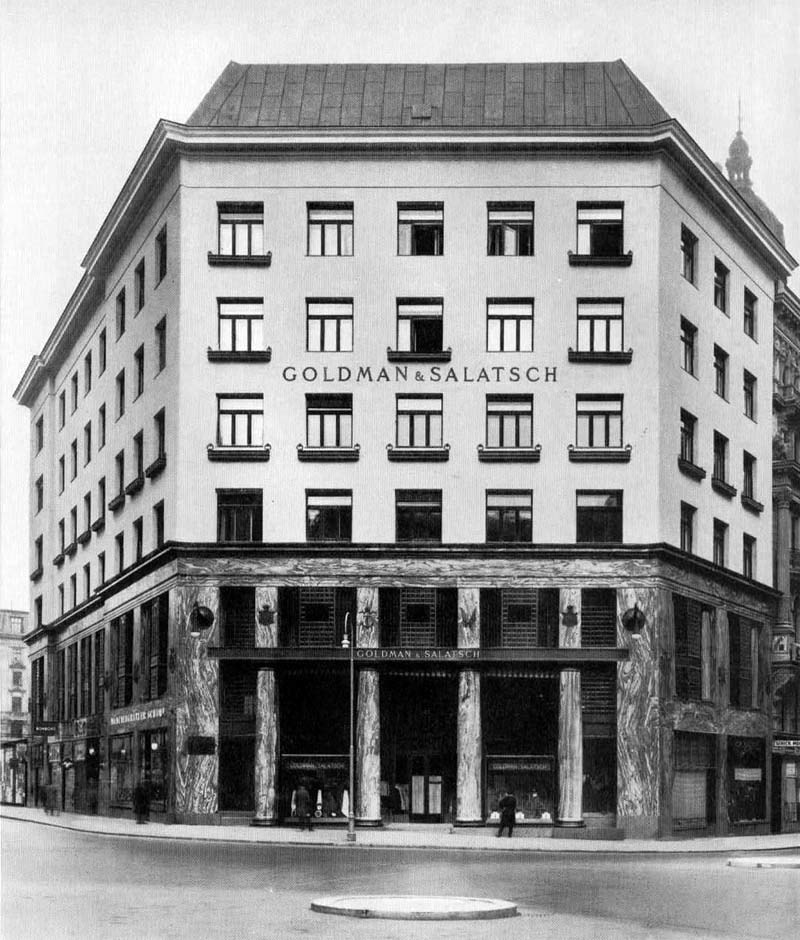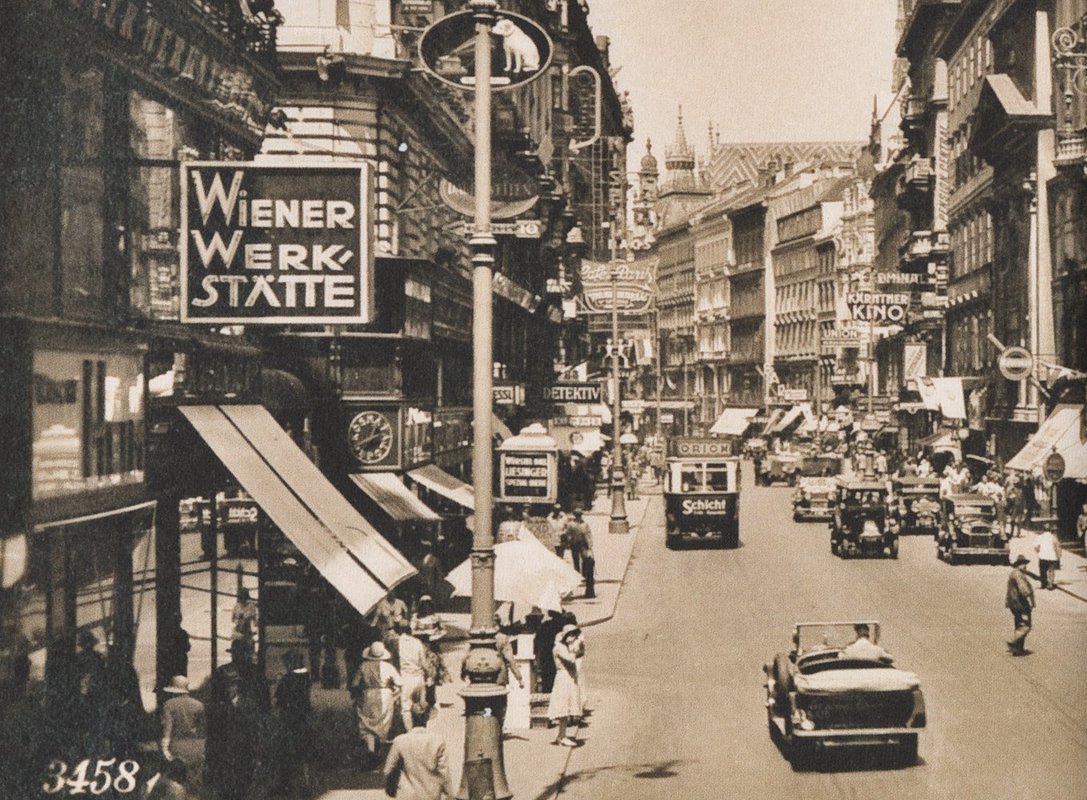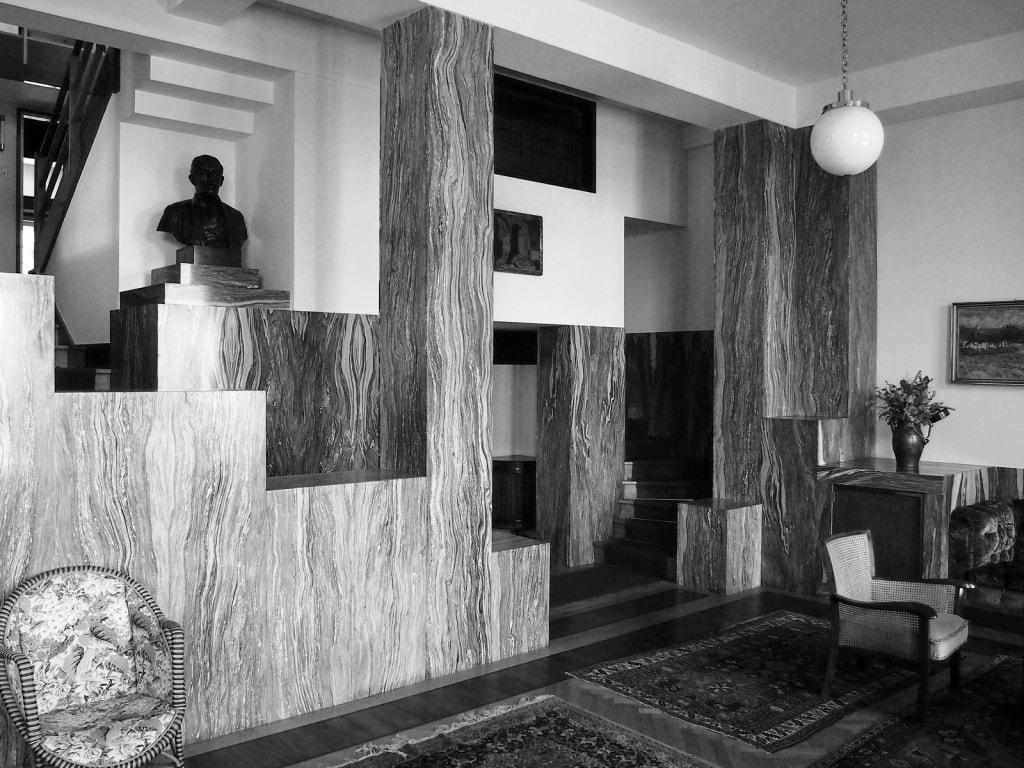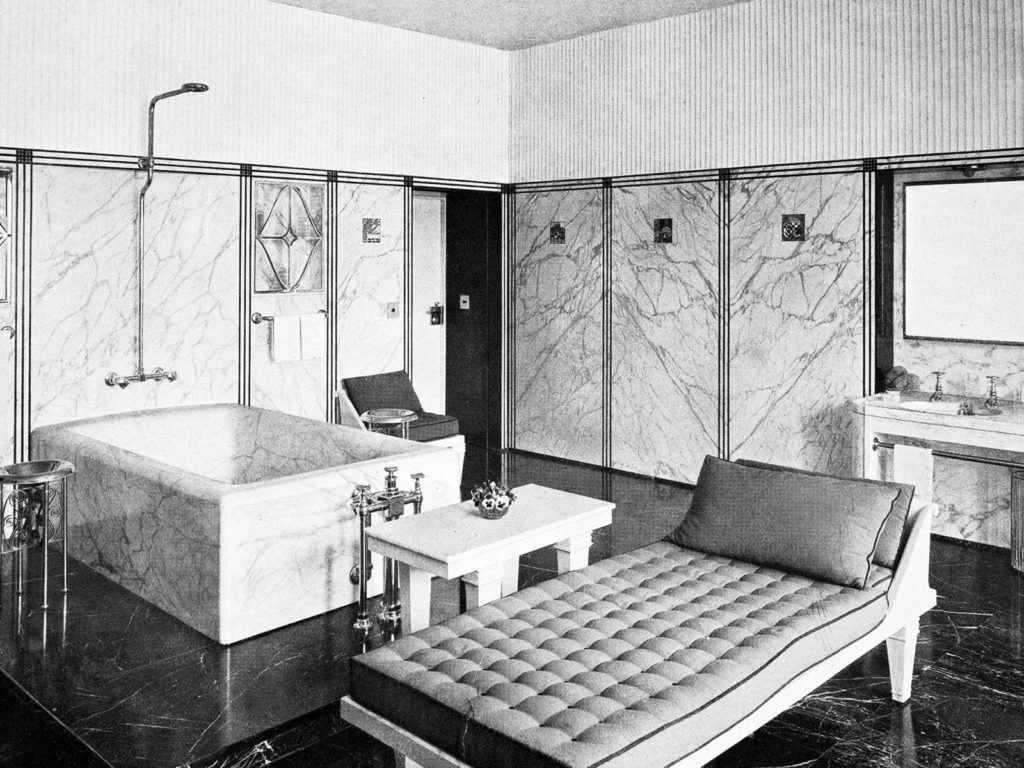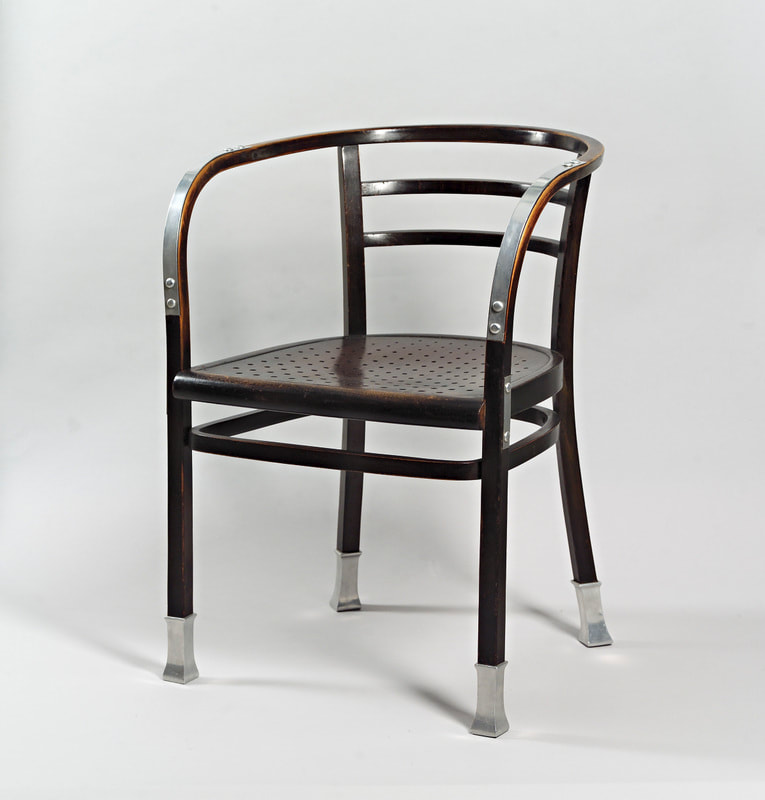“Modern architecture and design,” argues Elena Shapira in her new book ‘Style and Seduction’ (published by Brandeis University Press, 2016), “were how Jewish intellectuals and art patrons exchanged their ideals of lifestyle and defined their social visibility in Vienna.” This thesis, that the innovative design culture developed in fin-de-siecle Vienna, the first serious manifestation of modernism, was enabled and advanced by Jewish patrons, critics, and collectors, was first presented by Shapira in an essay she published in the Studies in the Decorative Arts in 2006. She highlights the concept of the Gesamtkunstwenk, the total work of art, which stood at the core of the home style developed during that era, and examines the main figures, patrons, architects, and artists who formulated and help facilitate this amazing design. In addition to present such Jewish patrons as Leopold Goldman, founder of Goldman & Salatsch House, critic Ludwig Hevesi, steel tycoon Karl Wittgenstein, Fritz Waerndorfer, who financed the Wiener Werkstatte, and others, Shapira gives an overview of the period and examines the evolution of Viennese design and architecture from Historicism of the 1870s, through the Secessionists, the Modernists, and to the Avant-Gardists, in her words, those commissioned Adolf Loos, the ‘black sheep’ of the Viennese design wold with his American Bar and Goldman & Salatsch House. There have been past attempts to affiliate the existence of the Modern Movement to Jews, and here it is interpreted as the way in which this community has perceived living modern as a way to detach itself from its past and from its traditional image. I am not convinced.


